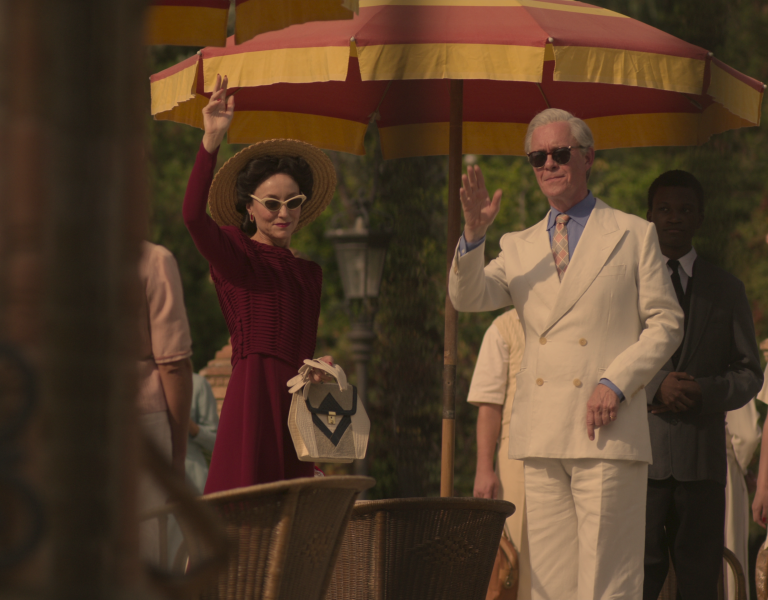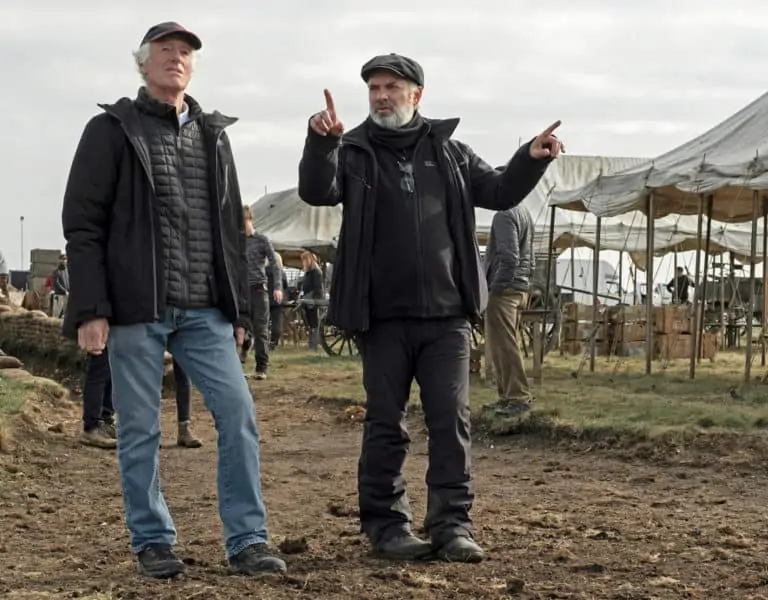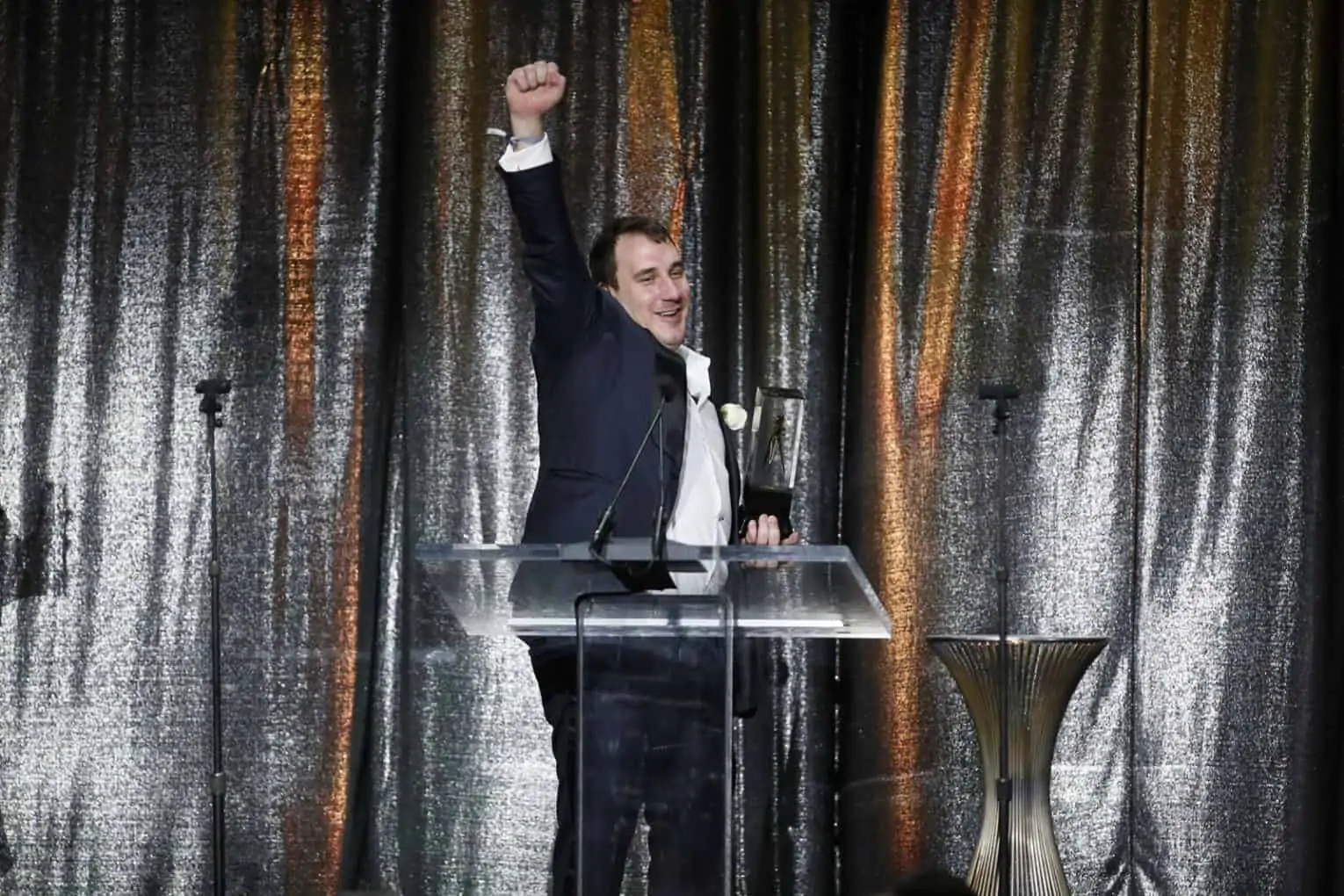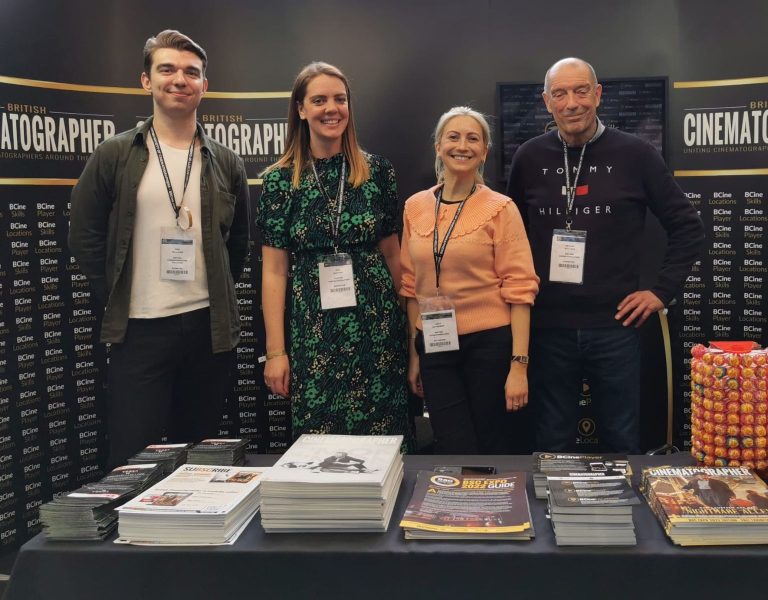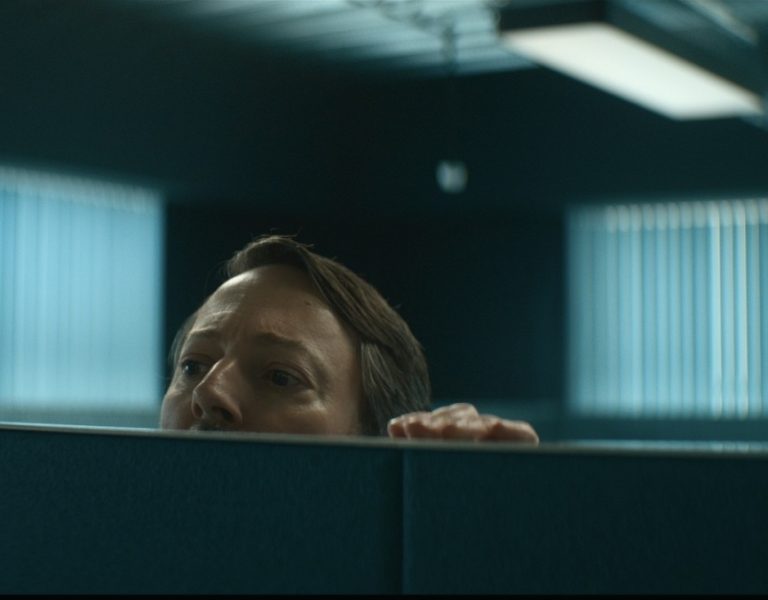MONARCH OF THE LENS
Over six lavish seasons, The Crown has offered a behind-closed-doors glimpse into the fictionalised life of Queen Elizabeth II and the wider British royal family. Cinematographer Adriano Goldman ASC BSC ABC reflects on his career-defining association with the show as its reign as queen of the streamers comes to a close.
The Queen’s coronation; Prince Charles and Diana’s wedding; the Princess’ tragic death: just some of the remarkable moments in royal history that have been captured through Adriano Goldman ASC BSC ABC’s intimate lens. From season one’s opener (“Wolferton Splash”) to the series finale (“Sleep, Dearie Sleep”) – and multiple episodes in between – Goldman has been given intimate access to some of the pivotal moments in Queen Elizabeth II’s reign as the most prolific cinematographer on The Crown, the fictional retelling of her life.
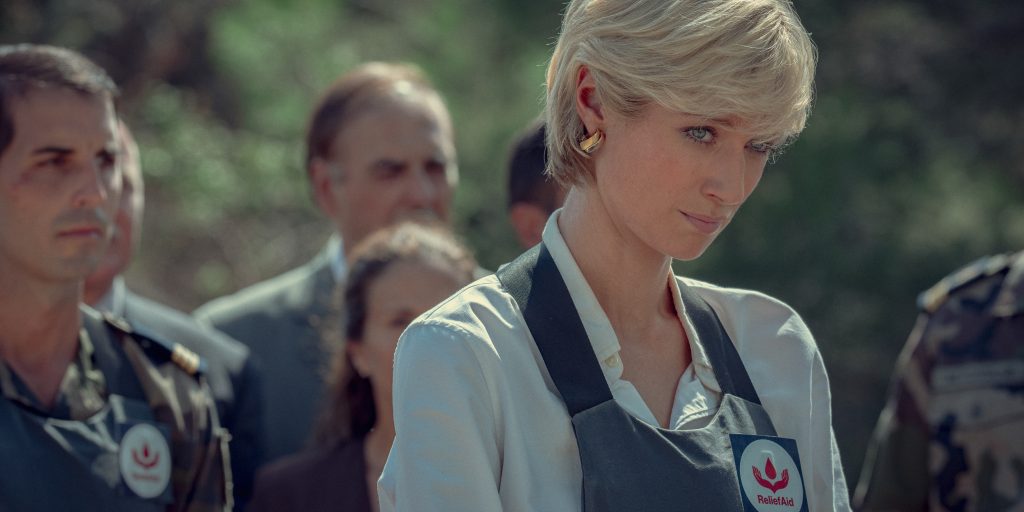
As it ends with a heartstring-tugging finale after six seasons, The Crown’s impact on the streaming landscape cannot be understated. While recent viewing statistics are hard to come by, Netflix reported back in 2020 that some 73 million households worldwide had watched the series since its debut. In a 2023 report celebrating the show’s cultural contribution, Netflix revealed The Crown created more than 2,610 full-time jobs over 1,400 filming days since it began in 2016.
But how did a Brazilian cinematographer come to shoot this oh-so-British behemoth, transplanting his whole life to UK soil in the process? It’s a story that dates back to 2010, when Goldman shot Fernando Mereilles’ twisty romantic thriller 360 – written by a certain Peter Morgan (who would go on to create The Crown). A few years later, the British screen and stage director Stephen Daldry came to Brazil to shoot Trash, set in the city’s slums, and called upon Goldman’s services.
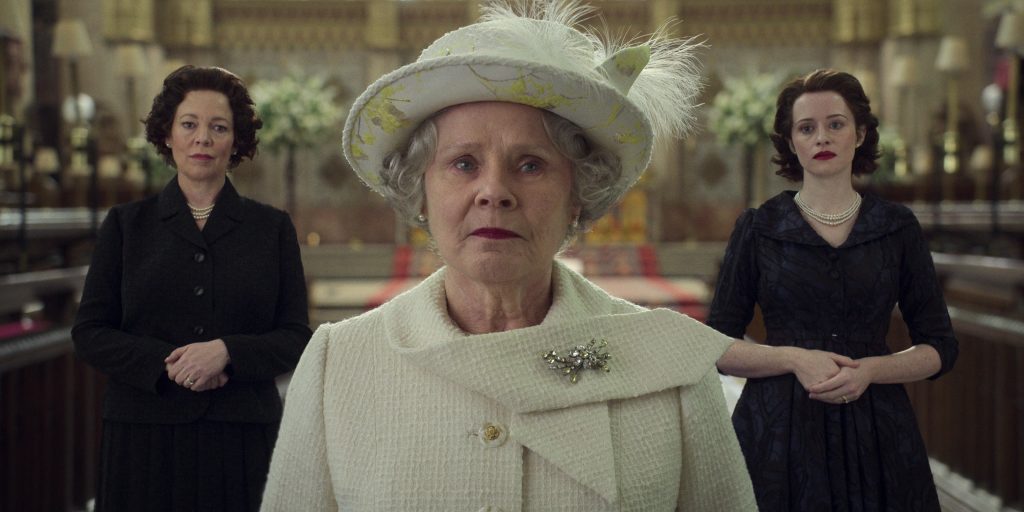
“I’d been a massive fan of Stephen’s since I saw Billy Elliot,” the cinematographer enthuses, “so just working on Trash was a dream come true for me. We got along really well together.” When Daldry returned to Brazil for Trash’s South American premiere in autumn 2014, Goldman had heard on the grapevine that Daldry was working with Peter Morgan on a project for Netflix and wanted a piece of the action.
“We were at his hotel having drinks when he went out for a cigarette – I followed him with a purpose,” Goldman recalls. “I said, ‘What is this thing you’re cooking for Netflix?’ and he said, ‘Why do you want to know?’”
The cinematographer explained how much he’d enjoyed their collaboration on Trash and that hopefully the film wouldn’t be their last project together, but rather the first of many. “Daldry replied, well it’s just TV, but if you want to do it, it’s yours. Right away! In five minutes, I got the job.” By late spring 2015, Goldman had upped sticks to the UK to start shooting the project of a lifetime.
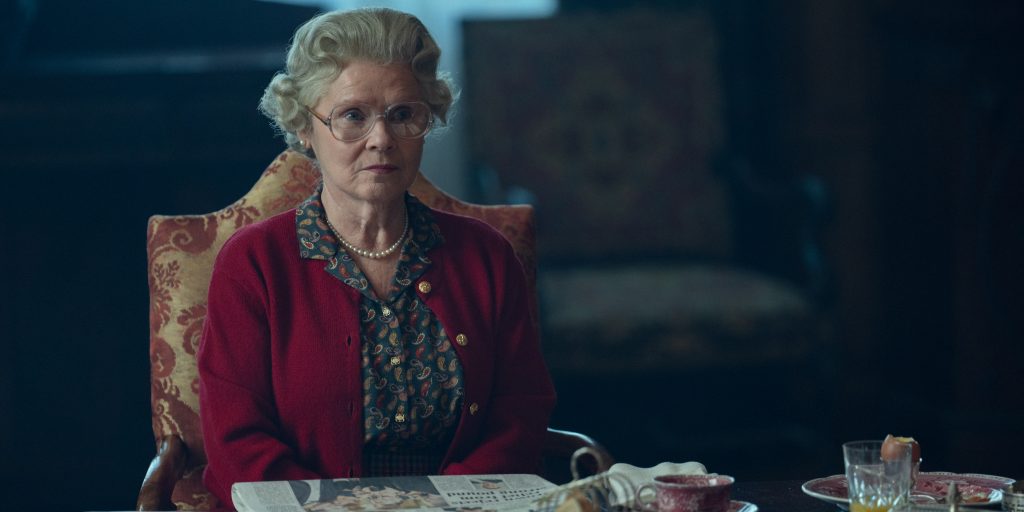
Change of scenery
The Crown spans almost six decades in the Queen’s life – from the 1950s to the early 2000s – and the show’s evolution is reflected in its changes of cast (Claire Foy, Olivia Colman and Imelda Staunton respectively play the Queen as she ages) as well as in its set design, costume and locations. Naturally, there was also an evolution in the show’s visual language. “For me, we knew there was going to be a natural progression in pace, look and style. If you watch my episodes on season six, then you go back to season one, I think there’s a strong difference,” Goldman says.
When the cinematographer first heard about the cast changing every two seasons, he realised one way he could help the visual progression of the show was by changing the lenses used with each ‘new’ queen. For Foy’s two seasons, he shot with the Cooke Panchros, while seasons three and four with Colman were on the Zeiss Super Speeds – “still vintage, but more contemporary”. Finally, for Staunton’s seasons, five and six, he opted for Cooke S4s.
He elaborates: “We used to shoot Claire Foy on 35mm or 40mm lenses, and there would be a nice close-up. Then for season three we started two lenses up, as we say, so we were framing Olivia’s close-ups on a 50mm and maybe a 65mm. Then for Imelda it was again the 65mm. So we’re kind of physically moving the camera a little bit further away from the characters with the seasons.”
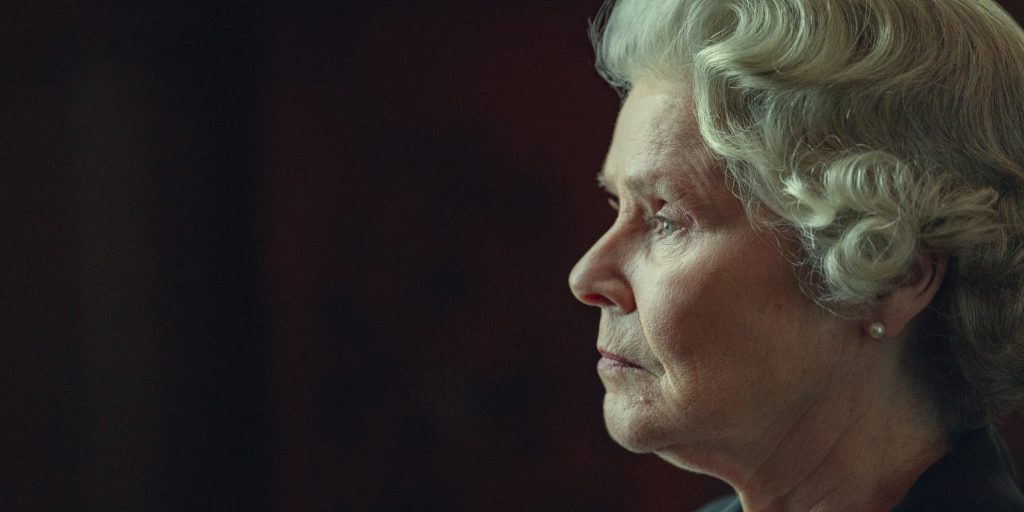
For season six, where Staunton once again portrays the Queen in her latter years, Goldman teamed up with director Christian Schwochow for his episodes (two, three, four and 10). It marked their first collaboration; until season six, Schwochow had shot all his projects with his DP brother-in-law, Frank Lamm. But with Lamm already committed to another job, Schwochow turned to Goldman for his episodes, which would centre around Princess Diana (Elizabeth Debicki) and Prince Charles (Dominic West) following their separation.
“I was conflicted as to whether I should just stay with Alex Gabassi who I was working with on season five,” Goldman explains, “but I understood Christian’s concern – three episodes back-to-back is a lot of work.” But even from the early seasons of the show, Goldman had wanted to shoot Diana’s tragic story, so it was the ideal opportunity.
Over his years on the show, Goldman has seen the show take a more observational approach to its camerawork. This is especially relevant in Diana’s world, where she is constantly hounded by the paparazzi on her European travels. “The use of long lenses is, I’d say, especially well-suited to Diana’s world, with the lack of privacy and the psychological pressure. She always felt surrounded and observed,” notes the DP. “So we had to somehow play that role as well and try to deliver to the audience that observational, more distant sort of look, yet very invasive as well.”
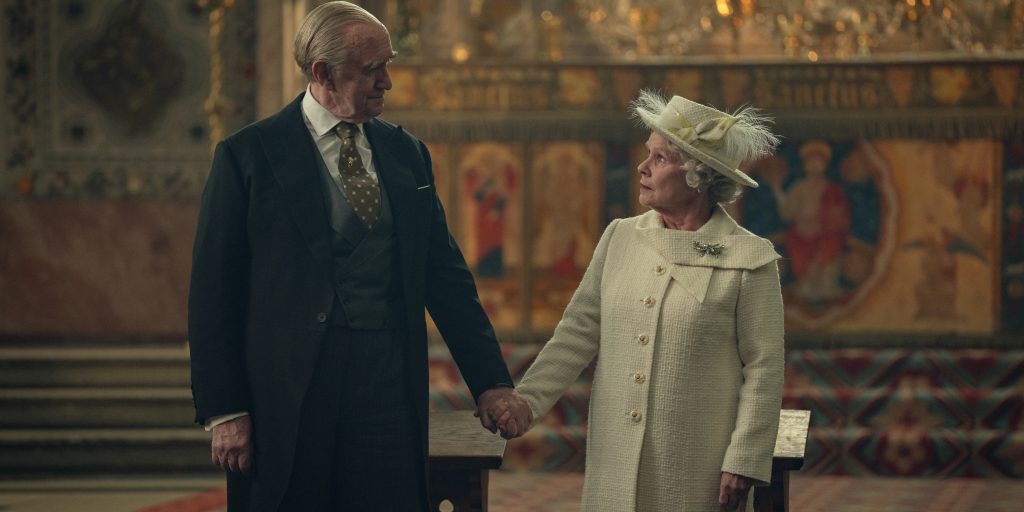
Although he wasn’t shooting episode one of season six – that was up to Gabassi and his DP, Sophia Olsson – Goldman had a lot of conversations with the pair, to ensure their episodes all felt like they belonged to the same visual realm. Gabassi and Olsson were very receptive to this. “There’s no way to shoot seasons five and six in the same sort of romantic way that we shot seasons one and two – you have to be a little bit more aggressive, and a little bit more observational,” says Goldman.
He highlights episodes two and three of season six in particular: “I think they have a very special energy – they’re very pacey. There are a lot of montages, mixing different storylines and different characters to somehow advance the story in a faster way. Peter (Morgan) is also very much interested in – or I should say, obsessed by – the length of the episodes, in that they shouldn’t be longer than 50 minutes. So, when you have to condense 100 scenes in 50 minutes, you’re naturally going to increase the pace. I think that’s very much what Peter wanted and I think you’re going to really feel the difference when you see it.”
Goldman has a special affinity with the “super heightened” final episode of season six, which unites Foy, Colman and Staunton’s Queens in a touching tribute to the late monarch. “There’s such a special Daldry flavour to the finale. It’s a little bit more operatic, a little bit more theatrical and magical. It’s really, really special. We all loved the fact that the actors came back, we really loved working with them. It was really the best way to finish such a long journey for me – to rejoin Stephen and his way of working. Peter understood that this was the finale and there’s a specific way that Daldry develops his sequences, so let’s just give him a little bit more space and room to deliver the story as it should be delivered. So it’s a very, very special finale.”
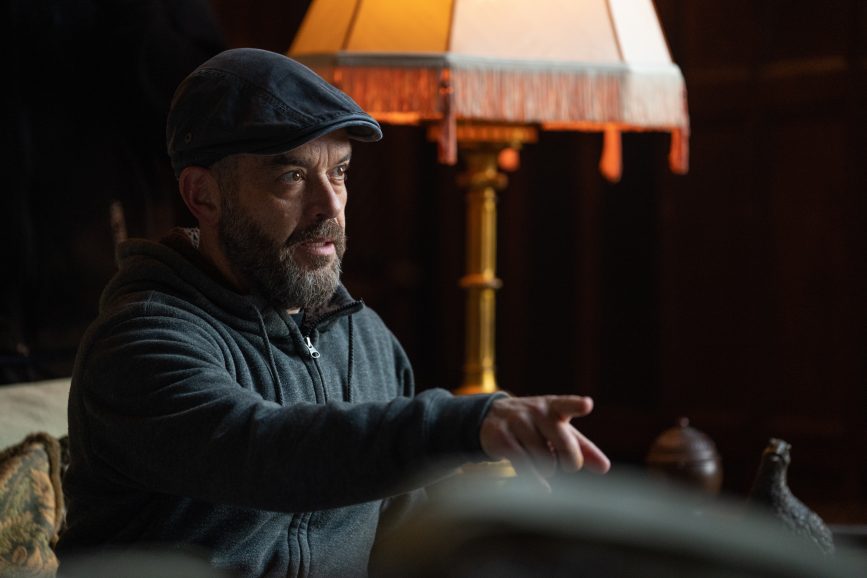
Evolving lens
As the show has evolved, how has Goldman himself developed as a DP? “I’m not a technical DP – I even struggle to see myself as an artist,” he says frankly. “I see myself as a privileged collaborator. I see myself more like a soldier – like a piece of the machine. I really enjoyed the moments where I can be creative, but on a big show like The Crown, there’s so much going on that you basically become a manager/producer.”
He elaborates: “You have to know a lot about the schedule – not necessarily about the numbers and the budget, but there are always conversations about cutting this or that.”
He adds that the sheer number of people working on the show adds an extra layer of complexity. “My crew was probably 60 or 70 people. There are two-camera days and three-camera days, so people are coming in and out. But there’s no doubt I exercised my creativity throughout these seven years of my life.”
For Goldman, it has been a special privilege to be chosen as the DP who would work with all the new directors who would join the series throughout its lifespan, including Benjamin Caron, Jessica Hobbs and Paul Whittington. Being the person that carries the show’s style with them across the seasons is a role he calls “the keeper of the flame”.
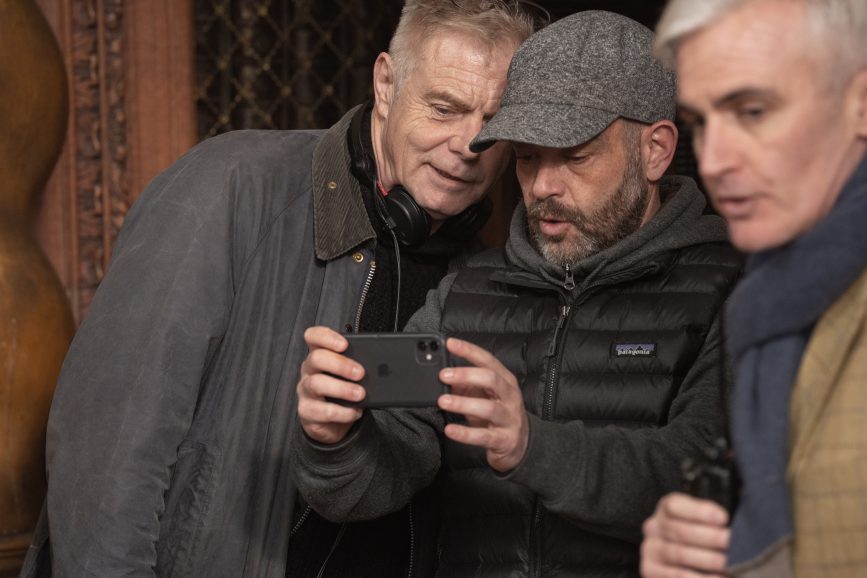
“The responsibility was really big,” he explains. “It also made me feel really important because it’s a very rare position for a DP to be in, where you have an influence on the way a director approaches a show. Because when [directors] come to a show like The Crown, they are really ambitious, so sometimes you have to say, the show is also very much about exercising a low-key sort of style – it’s not supposed to be a karate show! I’m very open to listening to them and can adapt a little bit of the way we do stuff so it can have a bit of their flavour.”
With six seasons of the show under his belt, what are his tips for success for up-and-coming DPs hoping to make their mark in TV drama? “My advice, especially for long-term shows, is to use your prep time really wisely. Try to make sure that things are actually doable in the time allocated for the scenes and that they’re well thought out and considered – then you can start being creative, then you can start talking about coverage,” he says. “”I don’t want to sell the idea that I’m an engineer working in infrastructure, but I learned that prep time is key: to achieve success and to give yourself confidence. So when you feel the pressure, you’ll know that you have thought about a couple of solutions for those problems. Of course, improvising is part of what we do as well. But you know, you have to be prepped to be able to improvise. It’s during prep that you envision the dream scenario, and the chaotic scenario.”
Goldman’s affection for the show that’s been his life for the past seven years is clear, and there is one thing that he emphasises again and again: “I don’t remember having a bad day on The Crown,” he smiles. “You have tough days, like when you’re in Scotland shooting in the rain in the winter, but at the same time, I felt so protected – we really became a family.”
